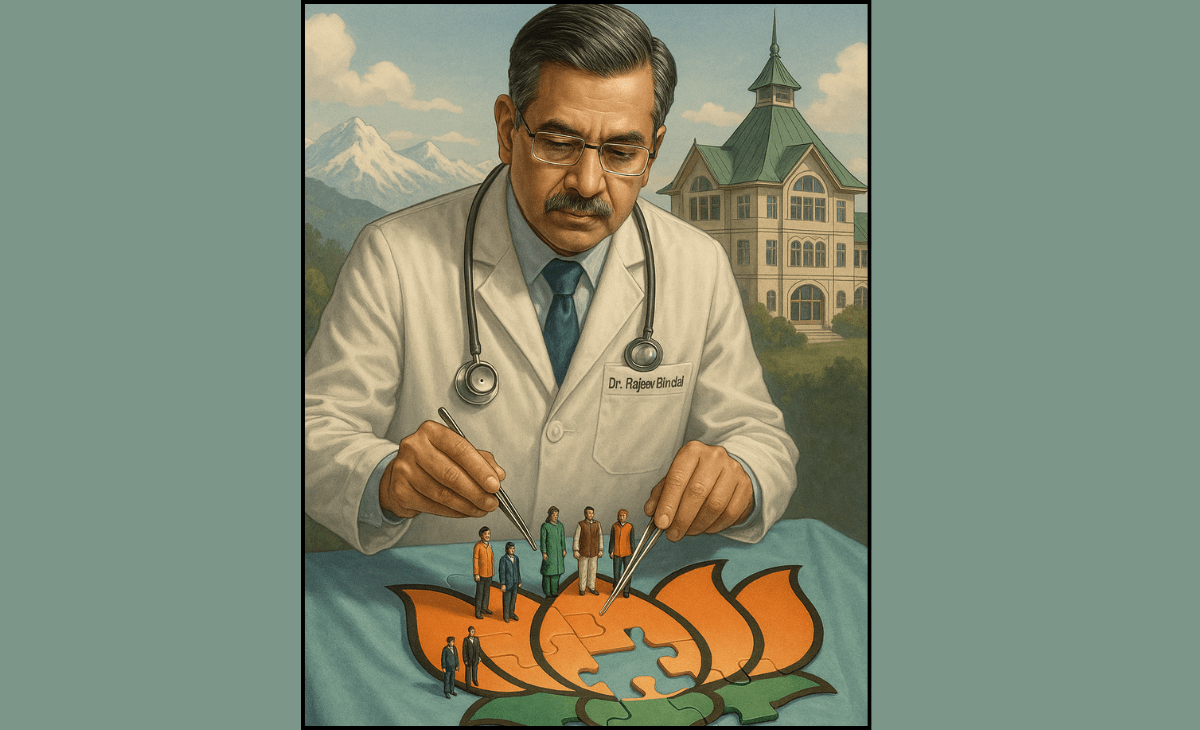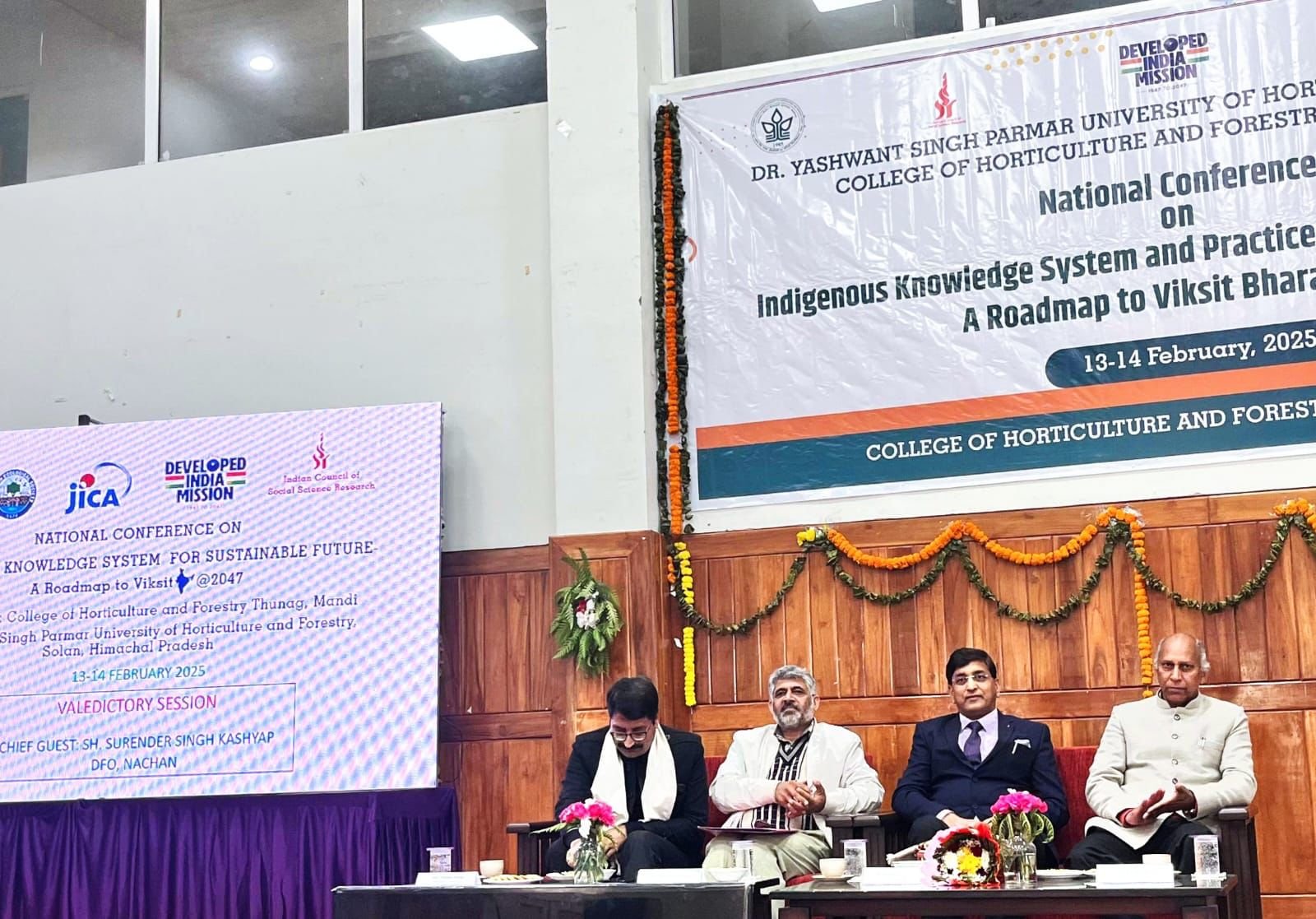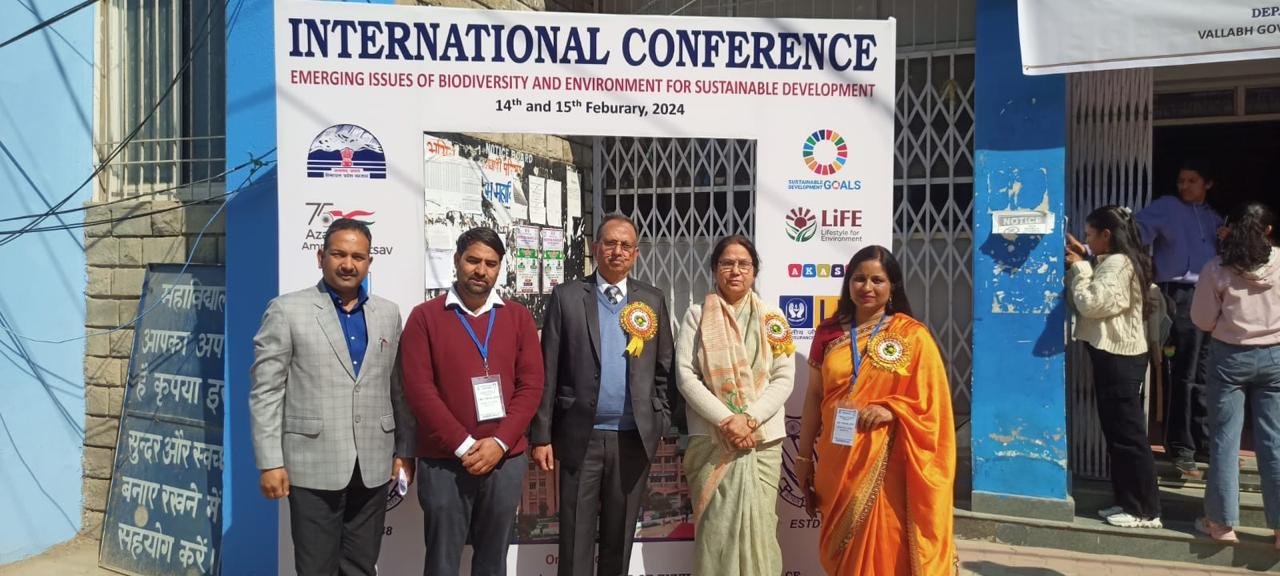S Gopal Puri
Shimla: —On August 21, 2025, Dr. Rajeev Bindal unveiled a fresh roster of office-bearers for the Himachal Pradesh BJP, marking a carefully calibrated reconfiguration of the state party’s leadership. The appointments reflect a strategic blending of caste, regional representation, and ideological alignment, widely regarded as a move to unify diverse factions within the party as it prepares for the 2027 electoral battleground.
Among the eight vice-presidents named, the inclusion of Pawan Kajal signals the party’s intent to bolster its presence among the OBC communities in the Kangra region, while Sikander Kumar’s appointment aims to appeal to SC voters. Notably, Kumar hails from a constituency – Nadaun — represented by the incumbent chief minister, Sukhwinder Singh Sukhu.
Though Payal Vaidya has often been seen by media as close to former Chief Minister Jairam Thakur, and Sumit Sharma as a confidant of Union Minister Anurag Thakur, both leaders are ultimately defined not by personal allegiances but by their decades of service to the party.
Their inclusion in the core team is less a nod to factional balance than recognition of long, patient commitment to the organization. Sharma, in particular, has earned a reputation for his sharp electoral instincts and ability to read the pulse of voters—a quality that has repeatedly strengthened the party’s ground strategy.
The reshuffle also saw the sidelining of several leaders believed to be aligned with JP Nadda—indicative of Bindal’s deliberate attempt to maintain equilibrium across intra-party lines.
People are expressing concerns over Tirlok Kapoor from Palampur over what they perceive as under-representation, a narrative viewed by some as a sacrificial gesture to preserve electoral balance. Political insiders suggest that, even if overlooked now, he may be positioned for a role in the national structure later.
In another calculated decision, Rajeev Bhardwaj, the sitting MP—a long-standing figure in Himachal BJP politics—retains his influence within the state hierarchy, though his continued incumbency is a subject of discussion amid party workers now.
The restructuring underscores a deliberate effort by Dr. Bindal to forge a leadership that is inclusive, geographically diverse, and socially representative—reflecting not just individual loyalties, but a collective organizational vision. As Himachal BJP coalesces ahead of a pivotal election cycle, the challenge will be to sustain this unity in the face of internal reckonings and external pressures.






